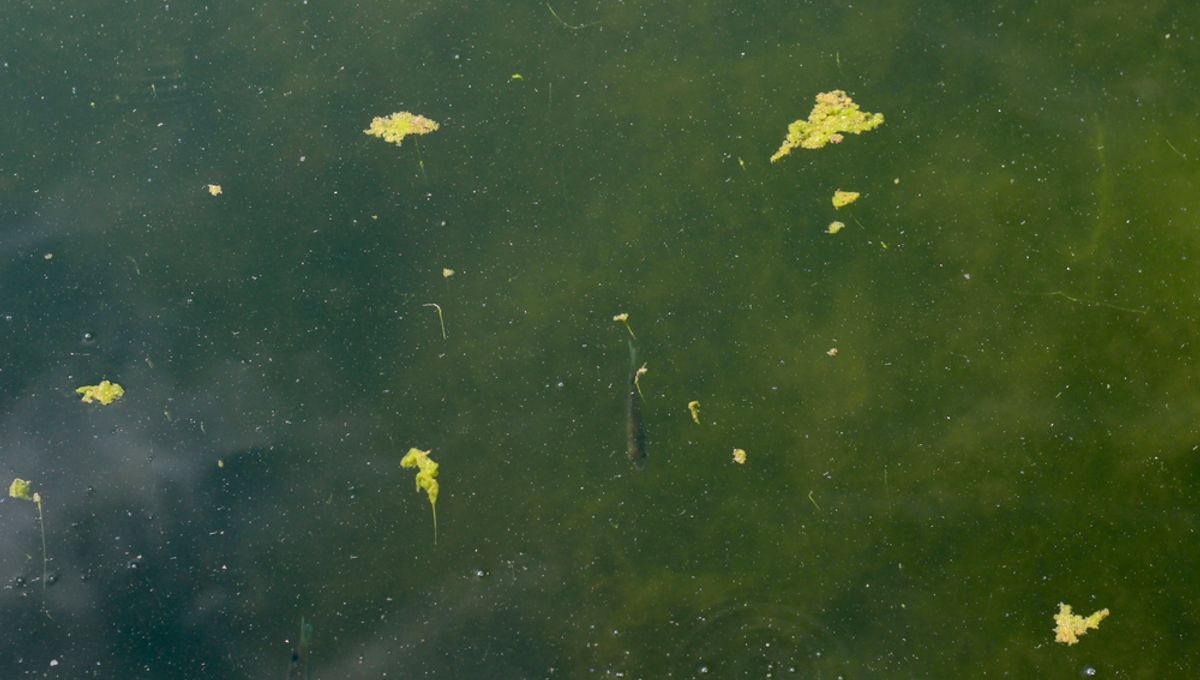
We might think that the rules of DNA are set in stone, but the genetic code of a microscopic organism found in a park pond in Oxford, UK, has once again proven that science is always changing.
The discovery was quite unexpected – Dr Jamie McGowan and a team of researchers from the Earlham Institute and the University of Oxford were initially working on a new way to sequence very small amounts of DNA, such as those from single-celled organisms.
Wanting something to test their method on, the team isolated a protist from a freshwater pond at Oxford University Parks. If you’re wondering what on Earth a protist is, McGowan has a helpful (or not, depending on how you look at it) explanation:
“The definition of a protist is loose – essentially it is any eukaryotic organism which is not an animal, plant, or fungus,” said McGowan in a statement. “This is obviously very general, and that’s because protists are an extremely variable group.
“Some are more closely related to animals, some more closely related to plants. There are hunters and prey, parasites and hosts, swimmers and sitters, and there are those with varied diets while others photosynthesise. Basically, we can make very few generalisations.”
Upon analysis of the protist’s genome, McGowan discovered that not only was it a brand-new species, Oligohymenophorea sp. PL0344, but it also had a unique divergence in its genetic code.
Taking us back to school
You may have learned about DNA transcription and translation into proteins at school, but a little refresher by Technology Networks never goes amiss.
DNA is like a recipe. Transcription is a bit like reading that recipe and copying it out with a few alterations – the copy is RNA, where there’s a letter U instead of a T. At the end of a sentence, we find a full stop and the DNA version of this is a stop codon, a three-letter sequence telling us where the end of a gene is. When RNA is being translated into amino acids, which are the building blocks of a protein, the stop codon tells the little protein chefs (aka ribosomes) where to, well, stop.
The stop codons TAA, TAG, and TGA are found in nearly all organisms, and the first two in particular are thought to be strongly linked, with one not changing without the other changing too.
“In almost every other case we know of, TAA and TAG change in tandem,” said McGowan. “When they aren’t stop codons, they each specify the same amino acid.”
A new genetic discovery
Oligohymenophorea sp. PL0344, however, bucks the trend – it’s a ciliate, a type of water-dwelling protist that commonly has changes to its DNA. In its genome, only TGA encodes a stop codon, and the normally twinning TAA and TAG are translated into two different amino acids. There are also more copies of TGA in the protist’s genome than expected, which the researchers believe is to compensate for the lack of the other two stop codons.
“This is extremely unusual,” McGowan explained. “We’re not aware of any other case where these stop codons are linked to two different amino acids. It breaks some of the rules we thought we knew about gene translation – these two codons were thought to be coupled.”
The kinds of anomalies the researchers found in Oligohymenophorea sp. PL0344 could serve as inspiration for future genetic discoveries.
“Scientists attempt to engineer new genetic codes – but they are also out there in nature. There are fascinating things we can find, if we look for them.
“Or, in this case,” McGowan mused, “when we are not looking for them.”
The study is published in PLOS Genetics.
Source Link: Rules Of DNA Rewritten By Tiny Organism Discovered In A Pond